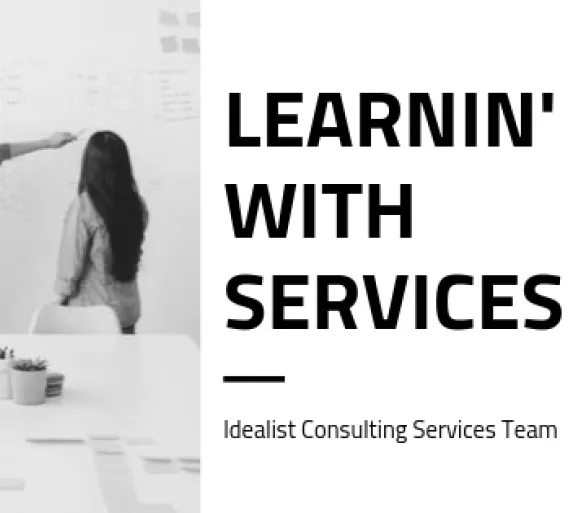Learnin' with Services: Change management and Salesforce
We’re doing Salesforce. We’ve tried to implement CRMs before. And failed. I’ve talked to some of my peers in (my industry). They all recommended I hire a change management consultant. It’s not something we’ve budgeted for before. But we are considering it. As we work with a partner for this Salesforce project, what can we expect in terms of change management?
We are not a change management firm, but there are aspects of change management that we have incorporated into our implementation process. Here are some areas you’ll want to understand about your implementation partner’s approach when it comes to change management considerations.
There are lots of different change management models. A good fit for technology implementations is the Organizational Change Management (OCM) model. This model has four primary components - Vision, People, Benchmarks, and Project Management.
Here’s how we take these components into consideration:
Vision: Know your why! We have a few tools we use to understand the “why” of your project. Goals, mission statements, pains and gains, and performance outcomes help define the vision for the project.
People: Change management is all about people management - managing expectations, managing emotions, managing expectations (yes, I wrote that twice on purpose). We use lots of tools for this: personas, empathy maps, user story mapping and user stories. Your job is to get the right people at the table. Focus on the people who are comfortable with change and the tech go-tos in their respective areas.
Project Management: There should be two! Your partner should provide a project manager and you should identify a lead on your side too. We all have cats to herd, you don’t want to pay your implementation partner to herd your cats.
Benchmarks: Predictable, consistent and transparent structures help people feel safe and supported while change is afoot. We use a pretty traditional sprint structure in our engagements: discovery, sprints, validation and go live.
Throughout, we are supporting the learning process, which is key to people feeling comfortable with the technology once they have to use it. User acceptance testing (UAT) done right is a huge step toward smoothing out the adoption process
Change is hard no matter what, normalize this when you can and make sure people feel heard and supported throughout the process. If you start to let this slide, the right implementation partner will help you get back on track.
Friendly council with due regard for needful economy,
Lila
In need of experienced Salesforce support?
As a Salesforce consulting partner (for 13 years!), we’ve helped over 1000 organizations like yours follow best practices. Whether you’re new to Salesforce and in need of an implementation or a long time user looking to overhaul your instance, we’ve got your back.
















